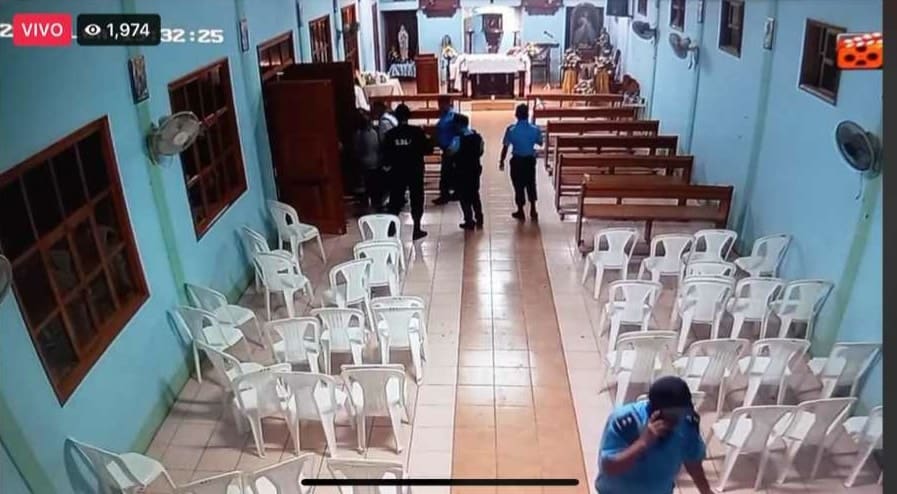Two of them are the Financial Support Program for Family Microenterprises, which in 2022 did not have a peso, but remains active to recover support, according to the operating rules. By 2023 it will be completely canceled.
According to the Treasury, “because it was created temporarily to mitigate the economic effects of the health emergency caused by the SARS-CoV2 virus / (and) once the strategy for the reopening of social, educational and economic activities was established, it was considers that the program has fulfilled the purpose for which it was created.
The other is the health sector program “Quality in Medical Care”, which will be eliminated, proposes the SCHP, since it did not have resources this year and it is considered not to restore it for the next.
Other programs are eliminated – 15 in total compared to 2022 – some because they have been re-sectorized, according to the analysis carried out by the Center for Public Finance Studies of the Chamber of Deputies based on the Programmatic Structure sent to the Chamber by the SHCP.
In total, the Program Structure to be used in the 2023 expenditure project contains 858 Budget Programs (Pp ́s).
Support for Microenterprises
In 2020, in the midst of the covid 19 pandemic, the federal government refused to provide direct support to benefit people who, due to health restrictions, no longer had an income.
However, it launched the program Financial Support for Family Micro-enterprises or Credit to the word, consisting of the delivery of 25,000 pesos individually and to natural or legal persons “that meet the eligibility criteria and requirements” one of them, the commitment to maintain its workforce.
These deliveries were the reason, for months, for evening press conferences of the Ministry of Economy and at the National Palace, before the press conferences in which the situation of covid infections in the country was followed up.
In accordance with the rules, those 25,000 pesos of support were associated with the solidarity commitment to repay it, within a three-year horizon. The first three months were of grace and from the fourth month the monthly payment recovery scheme began, with deposits of 823.70 pesos in 33 months.
“Remember that if you make your reimbursement of the Credit to the Word 2020 or 2021, you will make more people benefit,” the agency spread to encourage payments.
This program had in its first year, in 2020, according to the information available on the Budget Transparency portal, 31,503,021,210 pesos from item 4000 Transfers, Assignments, Subsidies and Other Aid. For fiscal year 2021, the original budget was 1,600,000,000 pesos and the modified one was 1,596,200,000.00.
In 2022 it was no longer applied, since not a single peso was allocated to it and by 2023 it will be deleted.
Since the end of last year, the Ministry of Economy stated that this support should not be restored.
According to the 2021 Design Evaluation diagnosis of this program, given that it has a contingent nature, “its duration is not expected to extend beyond 2022; in this sense, the program should not be updated beyond 2021”.
But of the 33,099,221 million pesos of the budget applied in that program during 2020 and 2021, on June 3 of this year the Ministry of Economy reported that it has collected only 3,076 million pesos (9.29%).
That is to say, it has not had reimbursements for about 30,000 million pesos (90.7%) but it ruled out calling it an overdue portfolio, since it is not really a question of credits, originally they were raised as subsidies, and the supports are payable in three years, that is to say they still don’t expire.
“Considering that the beneficiaries have three months of grace to begin the reimbursement of the resources, in addition to 33 installments to carry it out, which will end in December 2024 (considering that the last date of dispersion of resources under the Program is carried out in December 2021) ”, according to the agency.
Regarding the payment compliance of the people who obtained a loan of 25,000 pesos, Alejandro Rosas, head of the SHCP’s Prospective, Planning and Evaluation Unit, pointed out that, to date, they expected to have a 30% repayment, but the percentage is around 20%.
“We have applied various strategies to get closer to the beneficiaries, make them aware and to facilitate the form, the procedure so that they can reimburse. We hope to have better results with them. We still have time to recover and get as close as possible to the finish line (30%),” explained Rosas.
On June 14 of this year, Ana Bárbara Mungaray, head of the Productive Development Unit in the Ministry of Economy, reported, in an online session to explain to beneficiaries the modalities for making reimbursements, that to date half of them have made some deposit for which, although “it was not mandatory” to return the resources, he asked them to catch up.
For now “we have almost 90 million pesos in reimbursements and we are waiting for that number to rise this year… almost half of the beneficiaries have already made some payment and now that number has to be raised,” he asked them.
The supports are no longer active, that is, they are no longer being delivered, but he urged them to pay to have financing for another support program.








